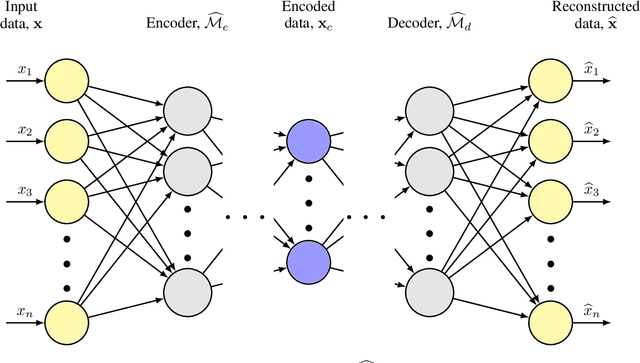Neural Network Training Using $\ell_1$-Regularization and Bi-fidelity Data
Paper and Code
Jun 01, 2021



With the capability of accurately representing a functional relationship between the inputs of a physical system's model and output quantities of interest, neural networks have become popular for surrogate modeling in scientific applications. However, as these networks are over-parameterized, their training often requires a large amount of data. To prevent overfitting and improve generalization error, regularization based on, e.g., $\ell_1$- and $\ell_2$-norms of the parameters is applied. Similarly, multiple connections of the network may be pruned to increase sparsity in the network parameters. In this paper, we explore the effects of sparsity promoting $\ell_1$-regularization on training neural networks when only a small training dataset from a high-fidelity model is available. As opposed to standard $\ell_1$-regularization that is known to be inadequate, we consider two variants of $\ell_1$-regularization informed by the parameters of an identical network trained using data from lower-fidelity models of the problem at hand. These bi-fidelity strategies are generalizations of transfer learning of neural networks that uses the parameters learned from a large low-fidelity dataset to efficiently train networks for a small high-fidelity dataset. We also compare the bi-fidelity strategies with two $\ell_1$-regularization methods that only use the high-fidelity dataset. Three numerical examples for propagating uncertainty through physical systems are used to show that the proposed bi-fidelity $\ell_1$-regularization strategies produce errors that are one order of magnitude smaller than those of networks trained only using datasets from the high-fidelity models.
 Add to Chrome
Add to Chrome Add to Firefox
Add to Firefox Add to Edge
Add to Edge